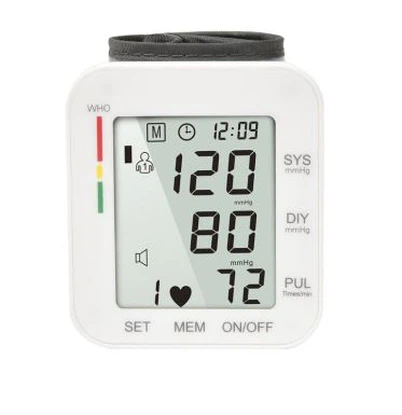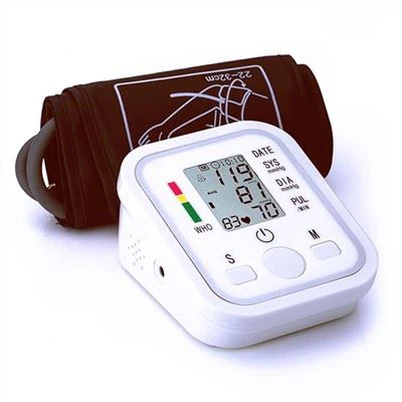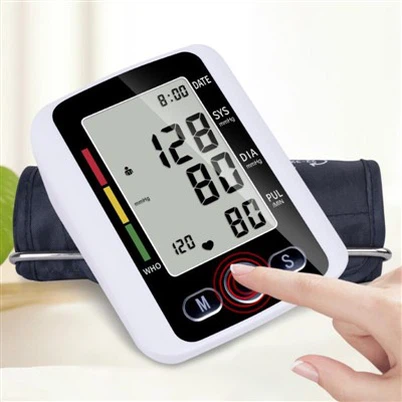Is Blood Pressure Monitor Allowed in Planes
Leave a message
Is Blood Pressure Monitor Allowed in Planes?
Can I Bring My Blood Pressure Monitor On An Airplane?
The answer is yes, you can bring your blood pressure monitor in your carry-on, but there are a few things to keep in mind.
First, be sure to pack your blood pressure monitor in your carry-on in a way that it will not get damaged. You may want to put it in a padded case or wrap it in a soft cloth.
Second, be sure to bring all of the necessary accessories for your blood pressure monitor, such as batteries, a power cord, and any instructions.
Third, be aware that airport security may want to inspect your blood pressure monitor. It is a good idea to have your doctor’s note or prescription with you when you travel, just in case.
Fourth, be sure to keep an eye on your blood pressure while you are traveling. If you notice any changes, be sure to see a doctor as soon as possible.
By following these tips, you can ensure that you can bring your blood pressure monitor with you when you travel and that you can use it safely and effectively.

Does flying affect blood pressure?
Yes it can. At high altitudes, even in a pressurised aircraft cabin, passengers are at risk of hypoxaemia (low oxygen concentration in the blood). Although this isn’t felt by most people and won’t necesssarily affect people with a high blood pressure, if you have heart disease or heart failure – you could be more sensitive to hypoxaemia.
Take some snacks from home for the journey, as airlines tend to give out salty peanuts or crackers, which can increase blood pressure levels. It’s also a good idea to avoid alcohol and sedatives as they can make you more prone to staying in one position, or falling asleep, during the flight.
If your GP has expressed a concern about the altitude and you require an oxygen tank, these can be rented from the airline if you call in advance.
What is the blood pressure monitor used for?
The blood pressure monitor is designed to measure the pressure of the blood flowing through your arteries. It works by inflating a cuff around your arm, which is connected to a gauge or digital display. The cuff will squeeze your arm and restrict the blood flow momentarily, and then release the pressure. The gauge or digital display will then show two numbers, which represent your blood pressure.
Hot Models:
Specifications:
1. Measurement range: 0-300 mmHg (Pressure); 30-180 beats/min(Pulse)
2. Accuracy: ±3 mmHg(±0.4kpa)(Pressure); ±5%(Pulse)
3. Automatic measurement and power-off
4. 99 memory in 2 groups
5. Measurement time: 100-120s measurement
6. 4*AAA battery or 6V USB
Features of our bp monitor:
1. Memory function: 99 memory in 2 groups;
2. Automatic measurement and power-off;
3. With backlight;
4. Broadcast function/customized broadcast language;
5. large LCD Size, easy to read.
Extended Information
Can you fly with high blood pressure?
Yes, but you should talk to your doctor before making any travel plans, however it is likely that you’ll be okay to fly if you have high blood pressure and it is well controlled with medication.
Travelling by air can be quite stressful in itself, with queues, security to clear and tight deadlines. If you are flying, try to reduce the amount of stress that could occur at the airport by arriving in plenty of time. If you’ve got an early flight, then it might be worth considering staying at an airport hotel the night before.
If you have high blood pressure you might also be at a greater risk of developing deep vein thrombosis (DVT), so we’ve put together a handy graphic which shows you the easy exercises you can do while flying to help prevent DVT.
Tips for travelling with high blood pressure:
Buy holiday insurance that covers pre-existing medical conditions to cover any high blood pressure related medical costs, should you need treatment while you are away.
Pack your medication in your hand luggage so that it is easily accessible during travel. Remember to pack extra medicines to cover for any delays or loss.
Bring your own food as airlines tend to provide snacks with added salt which can increase blood pressure levels
Avoid alcohol and any medication with a sedative effect – they can make you less active during a flight.
Drink plenty of water.
Carry written information on your medication and dosages, along with contact information on who to contact in the unlikely event of an emergency.










